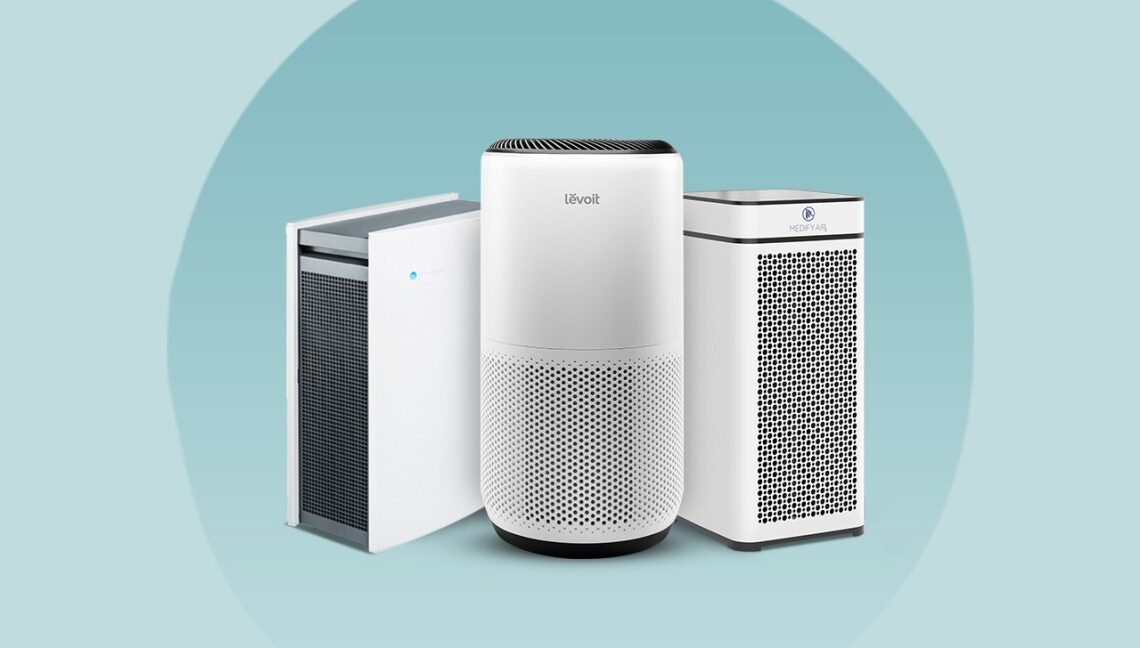
Molecule’s Air Pro opens several hidden talents, with software updates that activate a handful of new sensors along with making air purifiers more responsive in automatic mode. Upgrades – which will be free for existing pro air owners – come amid the increasing attention paid to air quality, both from those who suffer from allergies and anyone with worries that can be understood today about air viruses.
Air Pro is the most expensive molecule model, launched back at the end of 2020. The price with biodiversity is $ 1,199.99, this is intended for larger spaces – up to 1,000 square feet – such as larger rooms at home and business location. Like the remaining range, the pro air depends on exclusive molecule purification technology, nicknamed Peco, a combination of filters that can be replaced and low-energy ultraviolet lights which according to their second companies trap pollutants and then destroy them.
However, when his debut, Pro air does not fully utilize all the hardware owned by Molecule. Initially, air purifiers would detect particle material (PM) 1, 2.5, and 10 using a small sensor down unit. The numbers relate to particle size: rough at one end, such as pollen, fungi, and feathers; Through a fine like dust and bacteria; And finally the microphine, like smoke particles, bacteria, and more.
Molecule now turns on a set of extra sensors. They will measure VOC (turbulent organic compounds, such as “off-gas” of new furniture and equipment), CO2 levels, and relative humidity.
As a result, the company said, was a more comprehensive insight on the level of room health. It should be noted that the molecule purification system does not really change: Pro air has overcome the VOC, for example. Now, it’s easier to see the impact there.
At the opposite end of the scale of complexity, now there is a new one – it’s simpler to find out how clean the air is in the room. Molcule Air Score is a single figure that combines all particles of material and chemical levels detected by various sensors. Printing 1 to 500, you get a numeric reading on the air display and also the color classification for a good, medium, bad, and very bad ranking.
Swipe the circular touch screen – or open the molecule application – open more granular numbers. You can see scores for three different sizes from particles, relative humidity, and VOC levels, again encoded colors.
The new sensor also affects automatic protection mode. Air Pro has two standards and calm, the latter prioritizes lower noise – with the fan adjustment speed automatically depending on the air condition in the room. Until now, automatic protection will only make adjustments based on particles; With this software update, it can also take into account VOC and more.
Without a lab full of equipment, of course, it is difficult to say exactly what actually makes air purifiers. Of course, in the smoky kitchen, Air Pro turns on the fan level automatically – you can adjust it manually at six levels, with cleaners that sound positive jets – like cleaning things. The rest, we must take third party testing in his words: Molecule said that independent studies have shown the filtration system can remove air viruses such as Bacteriophage MS2, for example, a proxy commonly used for SARS-COV-2 testing.
It is fair to say that awareness of air quality has shifted to the mainstream over the past few years. The US Environmental Protection Agency (EPA) recommends air purifiers as part of the Covid-19 mitigation strategy; The FDA has provided Micekule’s mini water and mini water + – which uses the same Peco filter system as the air pro – FDA 510 (K) class II medical device clearance for how they handle Bacteriophaga MS2.
